New Agricultural Movement in Taiwan
Taiwan New Agriculture Movement
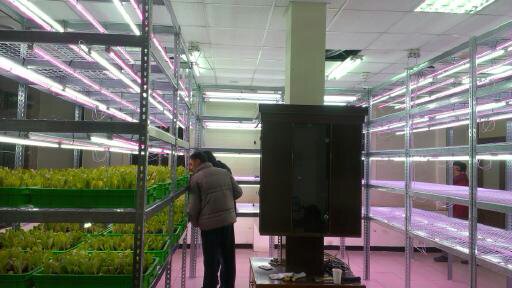
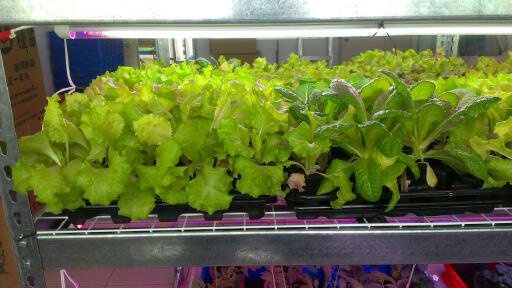
World population increases rapidly, extreme weather forms, agricultural environment becomes more and more severe---
The world population will reach 7 billion by 2012 and 9 billion by 2050. Only 7.529 billion hectares of land can be used on the earth, and its quality is still deteriorating. Desertification alone will swallow 2.5 million hectares of dry land and 125,000 hectares of paddy field every year. The population is growing rapidly, fertile farmland is being built up twice as fast as population growth, and it is estimated that by 2025, per capita arable land will fall from the current 0.37 hectares to 0.17 hectares globally and to 0.09 hectares in Asia, and is still decreasing at a rate of about 20 million hectares per year.
Oxfam UK has warned that the average price of staple foods will more than double in the next 20 years, bringing an unprecedented setback to human development. Oxfam says human society is heading towards an era of permanent food crisis, which will also be accompanied by political instability. Improvement of the international food system is urgent. A study published on June 1 predicts that international prices for staples such as corn could rise by 180 percent by 2030, half of which could be due to climate change shocks.
In 2007, a severe drought rarely seen in history occurred in Inner Mongolia, Liaoning, Jilin, Heilongjiang, Jiangxi, Hunan and other provinces and regions of China, with the largest drought-affected area reaching 254 million mu, seriously affecting corn and soybean production in Northeast China and rice production in southern China.
In the second half of 2010, major grain exporting countries such as Australia, Argentina, Thailand, Brazil, India, etc. caused huge floods due to anti-El Niño weather, which aggravated the impact on food supply difficulties. In addition, the drought and forest fires in the first half of the year in Russia caused wheat production to drop by a quarter. In addition, several Eastern European "granaries" failed to harvest and suspended exports, including wheat, corn, soybean prices reached record highs.
In 2011, the Food and Agriculture Organization of the United Nations (FAO), the World Bank and others warned that global food reserves have fallen to a record low of only 50 days, and the worst is that the outlook is still bad. Under the harsh food supply environment, countries have adopted explicit or implicit measures to increase food sources, and international organizations have held food security conferences one after another in the hope of alleviating the severe situation of food supply.
In 2013, Northeast China, Inner Mongolia Hulunbuir, Guangdong, Guangxi and Sichuan suffered catastrophic floods. Russia, Australia and 80% of the continental United States have experienced drought. The drought caused major crop losses and the U.S. corn harvest hit its lowest level since 1995. In July, Huang Xiaoyu rose: corn and wheat rose 25%, soybeans rose 17%.
In November 2013, scientists said for the first time in unusually harsh terms that climate change could seriously threaten global food supplies in the coming decades, that global warming could reduce agricultural production by up to 2 percent every decade until the end of the century, and that food prices would rise as demand for food increased.
The UN Intergovernmental Panel on Climate Change (IPCC) said in a report released in Berlin on April 13 that the world is too slow to stop global warming and that only accelerated action over the next 15 years can avert catastrophic climate change.
It must be emphasized that Taiwan's agricultural policy seems to be completely unaware of such a severe climate environment. So far, there has been no effective response measures. Where is Taiwan's agricultural strategic policy? Where is the agricultural policy that will enable Taiwan to maintain long-term stability in the next 30 years and 50 years? Is the free trade zone a lifesaving elixir or a new agricultural movement that can turn Taiwan around, such as the Taiwan Organic Island Movement? Perhaps this is what we must establish as soon as possible now. Because time is not on our side.
Dr. Chiao Yuan-hui Chou, assistant professor at the University of Science and Technology and technical advisor to Weijing International Co., Ltd., said: Weijing recently proposed a new type of scientific and technological agricultural method. The idea of using soil farming plants to set up urban farms for the elderly in idle urban space is currently planned with the plan of setting up urban farms in the Principality of Xinyi District of Taipei City. It is planned to use idle classrooms in schools to set up urban farms for the elderly. Rural farmland is becoming less and less. In the future, the elderly will be able to enjoy the same fun of growing vegetables as suburban farmers next to their homes. Such ideas will be presented at the Cross-Strait Health and Leisure Agriculture Summit 2014 on September 13 this year.
The first is to develop a full-spectrum plant growth lamp, which can be customized to produce plant growth lamps suitable for photosynthesis of various plants. The spectrum of the lamp source is quite close to the solar spectrum. The second most suitable cultivation system is a soil-less cultivation system that does not drain, waste, and completely absorb water. It is safe and environmentally friendly. The third is the price advantage, only 1/3~1/5 of his factory. The fourth is that the unit area output is twice that of other brands. The fifth is the first soil-farming plant to be certified organic.
Weijing Company has completed the phased optimization of the system in six months, and the market demand is very urgent. At present, more than ten inquiries from the mainland of China, Macao, Hong Kong, Vietnam and Taiwan have been received, and the total price has reached several hundred million yuan. Therefore, it is officially launched, and subsequent orders will continue to flow.
In terms of the company's initial business strategy, it adopts a cautious attitude towards investment acceptance. Basically, it is the best policy to turn profit from operating orders into capital increase. However, in order to accelerate the company's development, it does not rule out the introduction of funds to rapidly expand the market so as to make good use of flexible leverage operation strategy.
After 6 months of optimization, the system technology research and development center was actively established during the period (104.02~ now). At present, 10 million yuan has been invested to set up a research and development center in Tucheng Yongfeng Industrial Zone with 6 laboratories.(Tissue culture laboratory, cultivation technology breeding laboratory, sex pheromone and pest control application laboratory, laboratory (soil, liquid fertilizer, water, nutrition, bacteria number, lamp source), system equipment laboratory (drip irrigation, cultivation containers, plant growth lamps, cultivation racks, simple environmental control), agricultural materials laboratory (organic cultivation soil, organic liquid fertilizer, antibacterial solution, energy water, chitin, microbial bacteria, antibacterial water), and a 5-line pilot plant and achieved significant results in reducing the time required to achieve optimization from one year to six months. At the same time, it obtained Taiwan's first organic certification transformation of soil-cultivated plant factory. At present, we have obtained the rapid growth planting technology of ice flower and golden lotus (harvest in 4 months to harvest in 3 months). The seed value of organic vegetables has reached the level of exceeding the production of hydroponic cultivation. At present, we are planning to set up the first 300㎡ mass-production plant factory in order to negotiate customers to visit Taiwan. In the first half of 2015, a 1500㎡ mass-produced plant factory was set up with a daily output of 10000 vegetables.
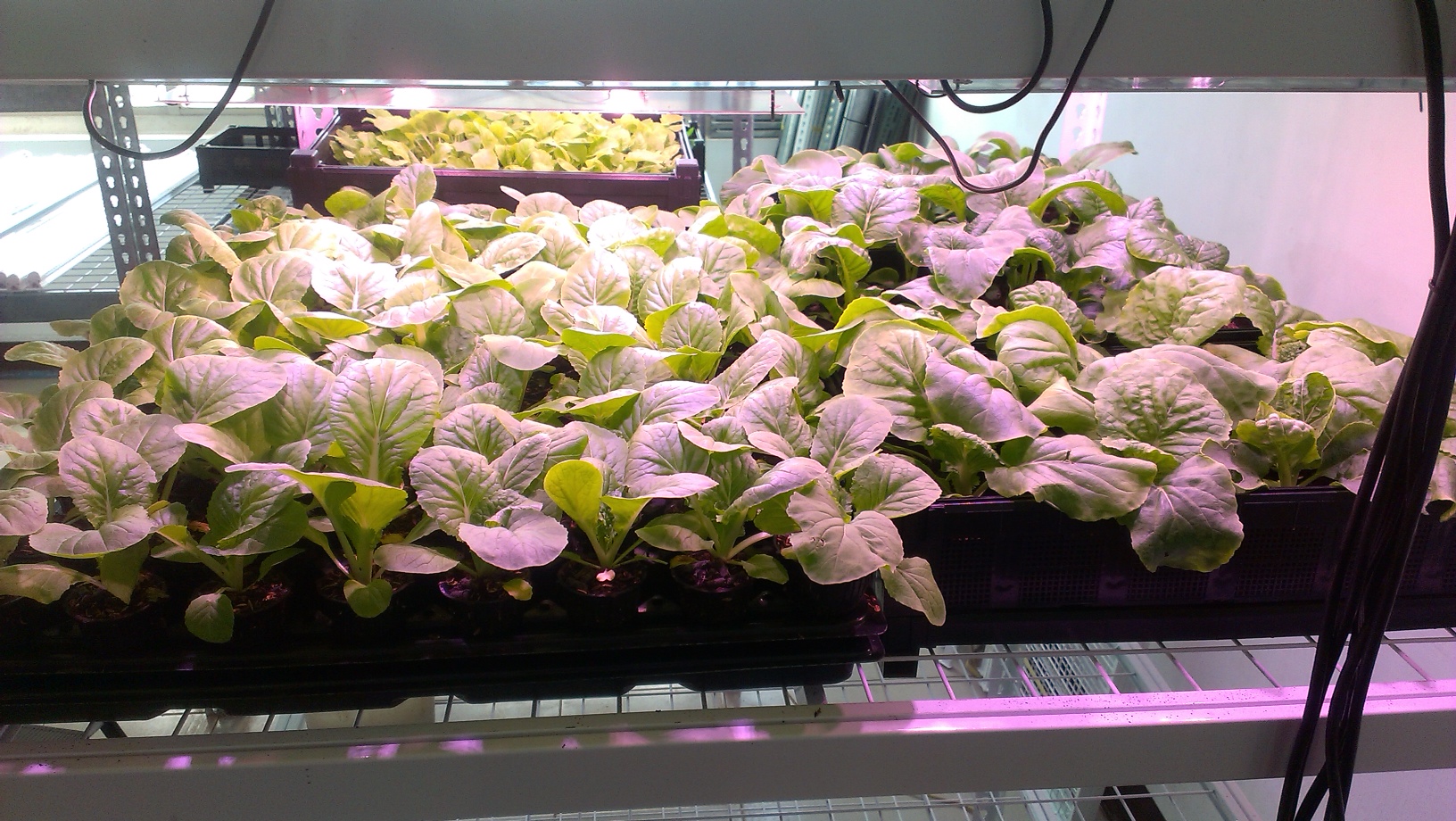
Wiching Plant Factory Low Energy Consumption High Yield
According to the "health agriculture exquisite excellence program" is one of the three major priorities currently promoted by the agricultural council of the executive yuan, its core goal is to establish a safe production management system for agricultural products to ensure consumer safety in eating. In order to implement the promotion of healthy agriculture, the Council of Agriculture has promoted the agricultural experimental and improved fields under its jurisdiction since 1000, and officially launched the promotion of the crop health management production system in China. Different from traditional agriculture, which aims at intensive farming and high yield, crop health management emphasizes co-prosperity with the environment, creating crop health from environmental health, thus reducing drug use and ensuring farmers 'and consumers' health.
According to Gu Zhixiang, general manager of Weijing International, low-cost, low-energy, high-yield soil-cultivated plant factories are a feasible way to meet the policy of excellence in healthy agriculture and the integration of smart agriculture and photovoltaic technology. To integrate and operate with industry-learning resources in the promotion of refined agriculture, from production to healthy life agricultural development mechanism, to give full play to the multiple functions of refined agriculture to intelligent agriculture, so as to become a modern green ecology and service industry business model platform feasibility. Gu Zhixiang said that the general plant factory because of the construction cost and production cost is too high, resulting in high sales prices are also scary. For example, at present, the production cost of lettuce grown by plant factories is unacceptable, with an average price of NT$1,000 per kilogram. However, scholars and industry insiders agree that Taiwan plant factories are still too small to reduce prices in the short term.
In addition to the high equipment cost and production cost of the above vegetables, the power consumption is also too high. At present, the power consumption of plant growth lamps accounts for about 50% to 60% of the total production cost, which is also one of the reasons for the high cost.
Gu Zhixiang then pointed out that Wei Jing International, under the guidance of Assistant Professor Zhou Jiao Yuanhui of Xingwu University of Science and Technology, after two years of industry-university cooperation and research and development, has gradually changed the plant production method to soil cultivation, and greatly reduced the equipment and material costs. Through continuous research and development and improvement of technology, it now has the characteristics of low energy consumption and high yield. The soil-cultivated plant factory developed has the characteristics of equipment cost twice lower than other manufacturers, yield twice higher, and low energy consumption, so that fewer solar panels can drive a plant factory. This combination of green and energy saving will change the existing agricultural production mode and apply for organic certification plant factory.
In addition, Gu Zhixiang, general manager of Weijing International, said: Last year, combining plant factories and LED plant growth lamps to think about scientific and technological agriculture, focusing on agricultural production cannot achieve data, standardization and standardization, and strive to innovate and change, overturning the fate of traditional agriculture completely relying on weather and experience to determine the results.
Taiwan's future refined agriculture should be oriented towards overall and all-round development as the main axis, using excellent industry-university cooperation programs in China to improve the success probability of enterprise transformation, and combining leisure industry with happy rural areas should be implemented.
Koo Chih-hsiang, general manager of Weijing International, believes that systematic planning and utilization of Taiwan's surplus idle factories, design of various suitable varieties of fruits and vegetables according to local conditions, or reconstruction of sightseeing plants with educational connotations, and utilization of peripheral benefits can only increase its economic scale.
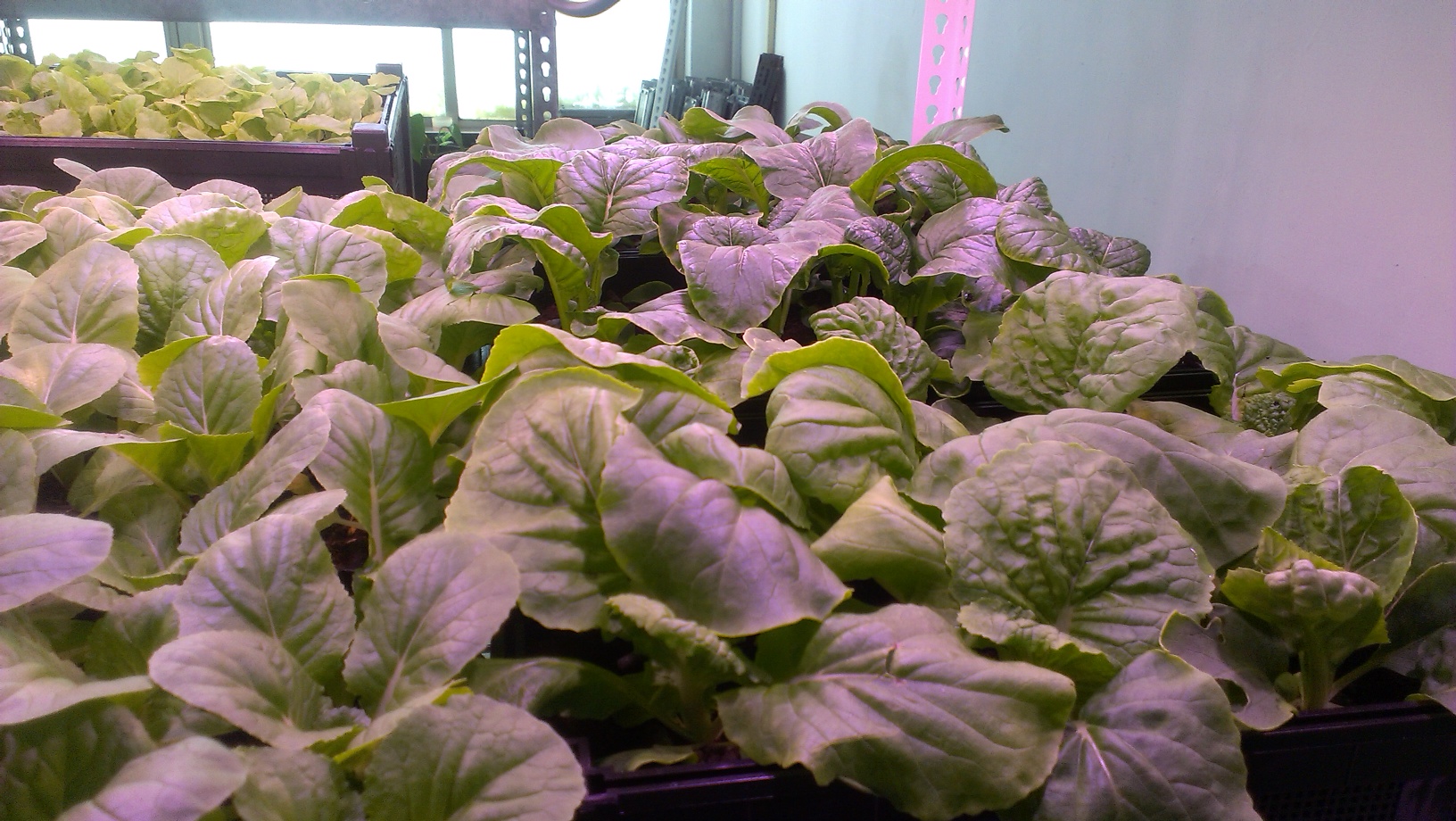
A New Opportunity for Agricultural Development on Both Sides of the Taiwan Strait by Using Existing Soil-cultivated Plant Factories
The earth's environment is deteriorating at a rate beyond human imagination. The most serious environmental degradation is the decline of groundwater levels, soil erosion and rising temperatures, which directly impact the stability of the food economy. There are only 7.529 billion hectares of land available for use on Earth, but the quality of land is deteriorating continuously. Desertification engulfs 2.5 million hectares of dry farmland and 125,000 hectares of paddy fields every year. In addition, the rate at which good farmland is occupied by construction is twice as fast as the rate at which population growth is increasing. Under the vicious combination of various links, the urgency of solving the food problem on Earth is even more obvious. The soil-cultivated plant factory is cultivated in a clean room without external pollution. Special planting frames are used for planting. The lowest energy consumption is combined with computerized LED light control. Instead of adopting hydroponic methods, clean artificial soil is used as a substrate, eliminating chemical additives required for planting process. The disadvantages of organic farming are high price, but the market loss of high unit price can be diluted through agricultural systematization, and the use of organic fertilizer (no chemical fertilizers and pesticides) in soil farming is completely different from the use of nutrient solution (liquid nitrogen fertilizer) in hydroponic farming, which can avoid market doubts.
In response to the agricultural and food crisis brought about by climate change and population explosion, 60% of China's grain needs to be imported. Now it has adopted a strategy of enclosing a large amount of land abroad for planting and transporting it back to China. In this year's key scientific and technological projects to strengthen the construction of agricultural science and technology innovation capacity and intellectual property protection, the Chinese government specifically mentioned the need to speed up the construction of national agricultural science and technology parks and high-tech industrial demonstration zones. China is not inferior to Taiwan in technology, but most of the technologies are monopolized. There is still no opportunity for Chinese farmers to learn about participation. "China's hope is in Taiwan, and Taiwan's opportunity is in China" is an important portrayal of cross-strait agricultural development. However, the most important investment in China is localization, combining Taiwan's agricultural experience with different needs of both sides of the strait to develop new business models. The core concept of implementing soil-cultivated plant factories on both sides of the strait can systematize and refine agriculture, that is, integrate the five concepts of landscape, health, value, experience and sustainability, and take improving land yield and resource utilization as business objectives. Taking advantage of China's introduction and cooperation with Taiwan's agricultural capital, technology, improved varieties, equipment and other production factors, the two sides will be able to create an extraordinary new situation of "excellent agriculture" under full cooperation.
Taiwan's agricultural development appears to be full of vitality, but the disadvantage is that it likes to fight alone. Take cross-strait development as an example. If the model of deep cultivation and team cooperation is adopted, the probability of success will be greatly improved. At present, many countries in the world feel the importance and necessity of the development of sophisticated agriculture, so the research and development and implementation of agricultural science and technology will be the key elements. KNOW-HOW of soil-cultivated plant factory emphasizes "systematic management", combining landscape (cultural creativity, spatial works), health (health environment, vegetable food and concept, preventive medicine), value (system integration), experience (from the heart, people feel), sustainable concept (cloud, green energy, ecology), in order to truly exert the all-round high productivity and value of exquisite agriculture. Compared with the development opportunities of plant factories on both sides of the Taiwan Strait, China still has more room for development. With the support of its central government policy, it can develop in areas with obvious demand in northern, northeastern and western China. Plant factories are planned to be wrapped in agricultural parks, which will reduce costs, increase production, and increase the added value of the parks. This will effectively alleviate the doubts about excessive plant equipment.
Plant factory is a milestone in the development of refined and non-toxic agriculture innovation. Although the two sides are actively promoting it, the economic scale and achievements are obviously different. China's strategy in plant factory implementation is to form policies by the state, and then accelerate the promotion of "National Agricultural Science and Technology Park" and "High-tech Industrial Demonstration Zone" in all parts of the country, and encourage leading enterprises to lead the growth of refined agriculture. Many excellent resource conditions assist in participation. Chinese cases can refer to Changchun Intelligent Digital Plant Factory, Shandong Shouguang LED Plant Factory, Xiaohan Village Vegetable Factory in Shenyang, Liaoning Province, Nanjing Tangshan Cuigu Intelligent Digital Plant Factory, etc.
Since 101, Wei Jing International has cooperated with Haotian Organic Plant Factory to solve strawberry diseases and insect pests by indoor cultivation and develop all-season strawberries. It has established a non-toxic outdoor strawberry garden in Miaoli Lake, thus establishing a strawberry plant. Last year, the company combined the Plant Factory Division (Haotian Farm) and the LED Lighting Division (Laiming Lighting) to think about the technology of agriculture, and the agricultural industry could not achieve data, standardization and standardization innovation changes. The reason is that it depends entirely on weather and experience to determine the results. Taiwan's future refined agriculture should be oriented towards the overall all-round development as the main axis, using the excellent industry-university cooperation plan to improve the success probability of enterprise transformation, combining leisure industry and happy rural concept should be implemented, and there is a systematic plan to utilize Taiwan's surplus idle factories, design various suitable varieties of fruits and vegetables according to local conditions, or rebuild into a sightseeing plant factory with educational connotation, and exert peripheral benefits to enhance its economic scale.
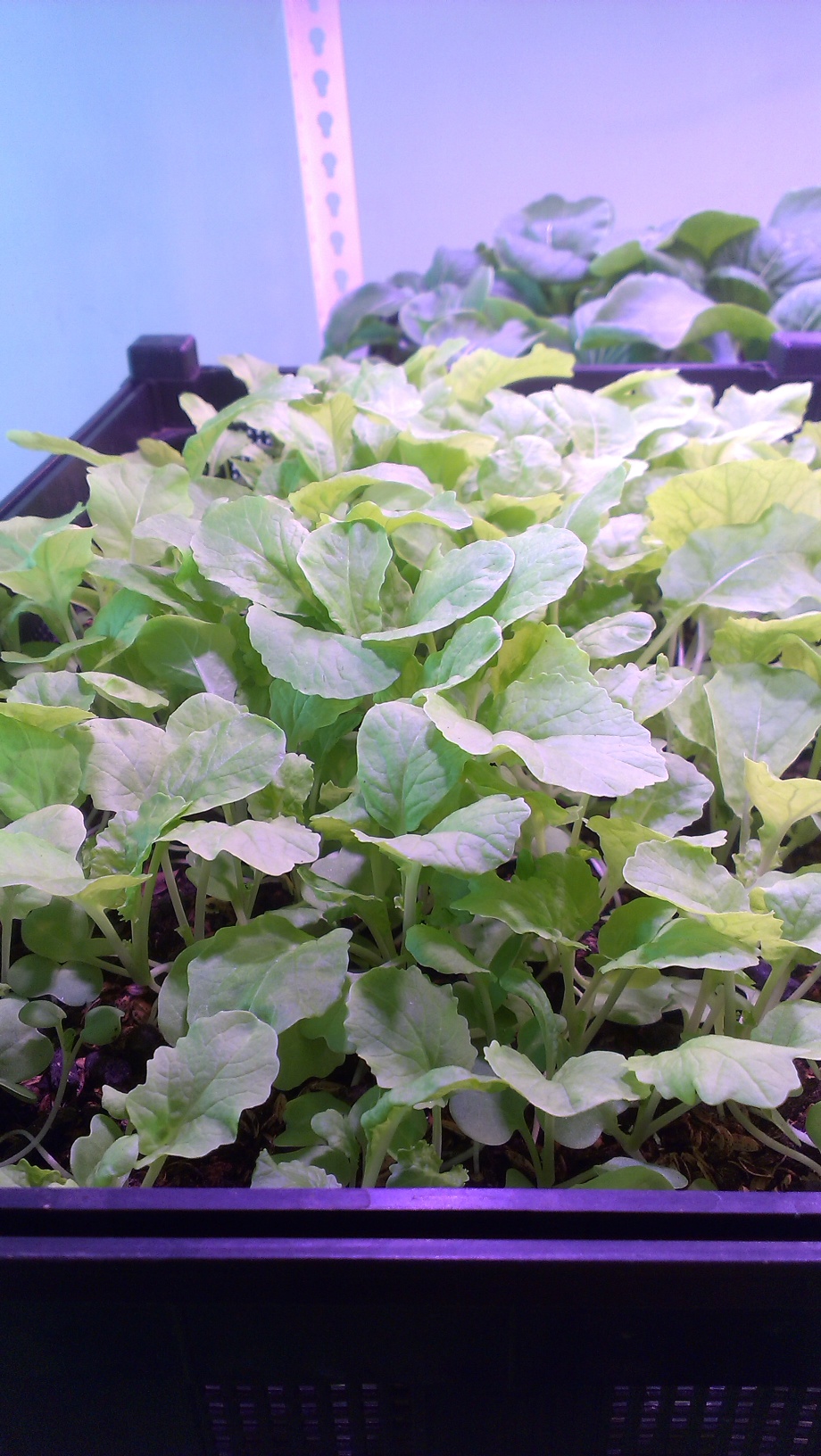
Weijing insists on organic agricultural cultivation environment
In 2012, Weijing International Co., Ltd. successfully cultivated organic strawberries in four seasons in Dahu Township Experimental Farm of Miaoli County, using natural organic fertilizer and complete environmental system management methods. All efforts were tested to stably produce high-quality health ingredients. In addition to cultivating healthy, organic and safe ingredients, it is more important to play a good role in the production process to promote the healthy home model goal of Taiwan's organic and living fine farms.
The difference between organic soil culture and most hydroponic vegetables in the market is that agricultural products produced from good fields do not need to use any pesticides and chemical additives to achieve the goal of organic farming. The organic soil fertilizer adopts organic soil, so that the roots of vegetables can breathe freely and healthily, absorb the nutrients of organic fertilizer and probiotics, avoid pesticides and chemical additives, strictly control the quality of organic fertilizer and the growth of probiotics environment by system SOP, and allocate the best growth conditions for each different vegetable, that is, to complete the vegetable planting and achieve the best state at harvest.
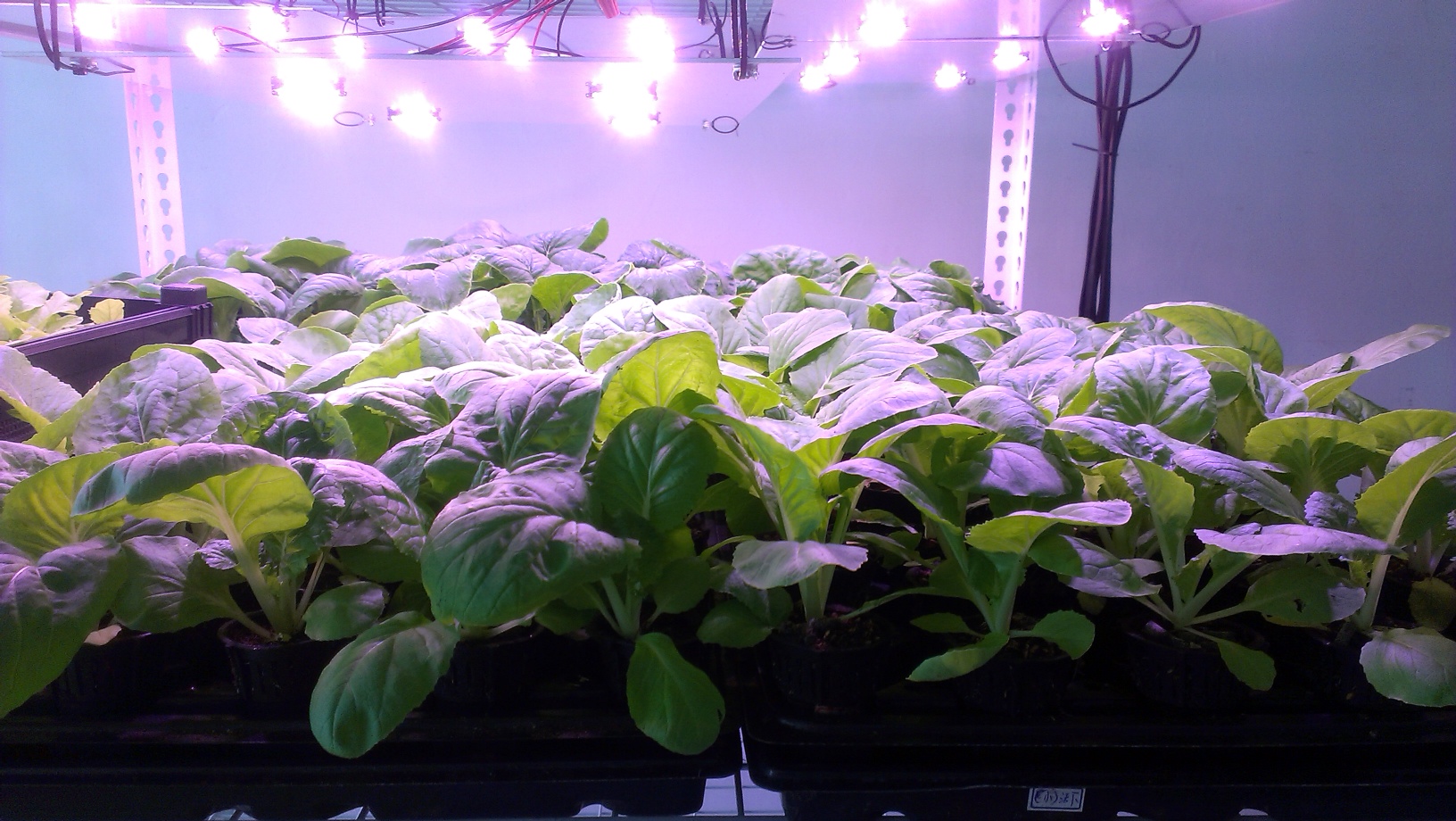
- Prev

5G needs talents the electricity and electricity Association calls for scrapping and expending dividends.
The Science and Technology Council of the Executive Yuan held a 5G Development Industry Strategy Conference (SRB). Guo Taiqiang, chairman of the Association of electricity and electricity, said that talent is an important factor in the 5G layout. The "dividend policy" has made the domestic industry lose an important tool to attract talents, and called on the government to propose attraction again.
- Next

The new iPhone big-screen machine biography 9Universe 9 has been released
Apple is scheduled to launch its long-awaited big-screen iPhone on Sept. 9, the Re/code website reported today. Rumors about Apple's new phone have been rampant in recent weeks, but this is.
Related
- A course of planting techniques and methods on how to grow carrots
- How to plant the latest tulips?
- Is it better to pick tea in the morning or in the afternoon? When is the best time for tea to be picked? what is the third or fifth tea?
- Launch Yuanxiao Happy combination Haocha + Tea Yuan healthy Taste
- Penghu Tourism "Fireworks 20 Parade with You"
- 2022 West Lake Happiness holds "Digital Revitalization Voucher" and draws iphone13 and laptop.
- Banqiao Fuzhou social houses are designed to change start-up combined with police elimination to create a safe and livable environment
- The convenient measure of "mechanical weeding" in Xinbei has been abused and the Agriculture Bureau has imposed heavy penalties on the illegal land consolidation.
- Changgeng University Joins Hands with Four Memory Factories to Rescue Memory Talent Shortage
- The list of Taiwan's top 100 MVP managers is listed by the Director-General of the Farmers' Association of Sanxia District.

